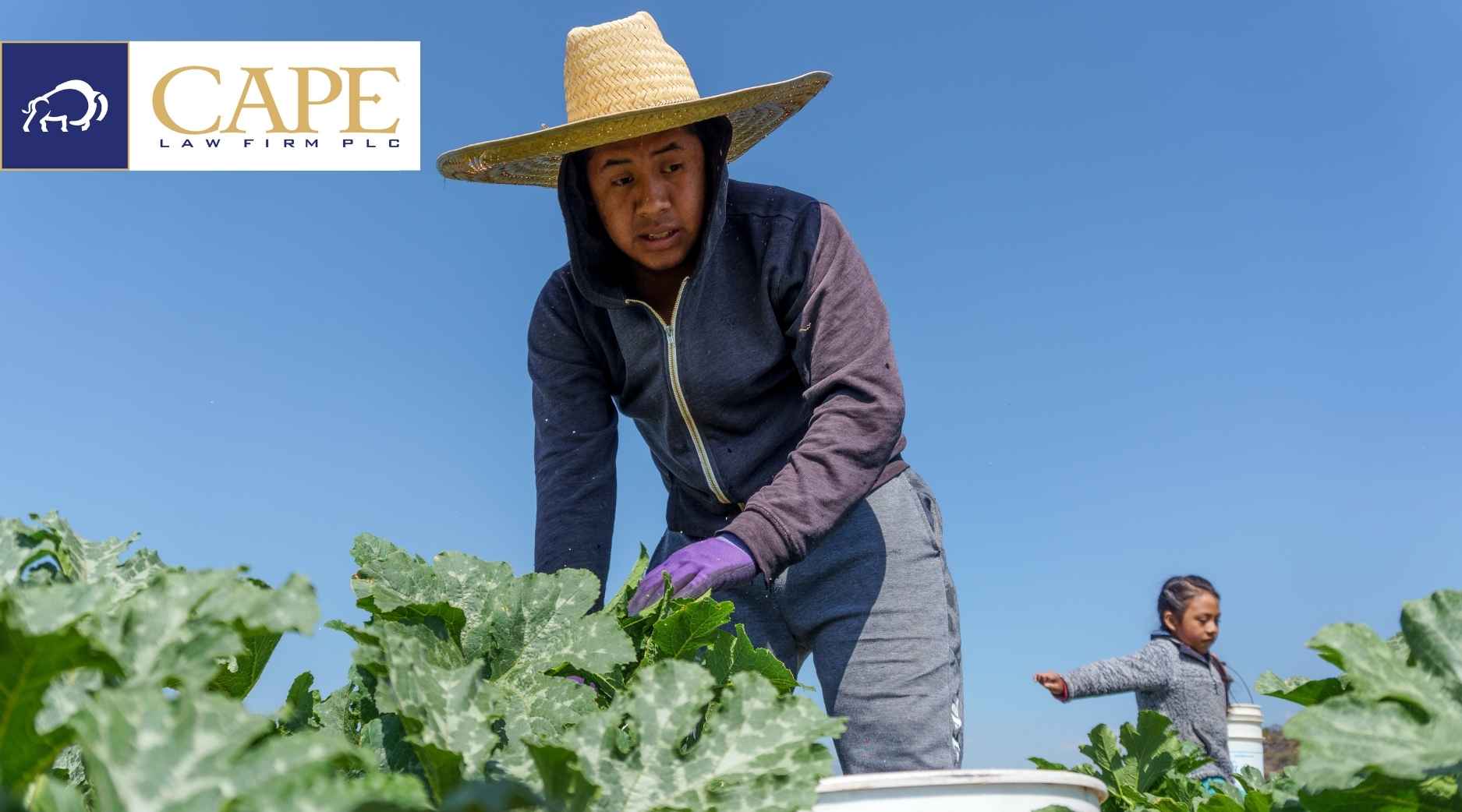The demand for American white oak is beginning to outpace the ability of the nation’s forests to provide the supply. White oak is one of the most popular and commercially important hardwoods in the U.S., where it used for such things as cabinets, veneers, flooring, and furniture. It also is an ideal wood for whisky makers since it doesn’t leak and imparts flavor during aging. Bourbon, in particular, depends on white oak since federal law requires aging in new, charred oak barrels to meet bourbon’s required standard of identity. The problem is that white oak trees are not regenerating fast enough. A recent assessment by the White Oak Initiative classified 75% of white oak acres as mature. Shade from the tree canopy in mature stands makes it difficult for white oak seedlings and saplings to thrive. Unless something changes, white oak supplies will decline significantly over the next decade. This outlook was a big motivation for creation of the White Oak Initiative, a collective of stakeholders focused on sustainable forest management. Besides improving forest management, researchers are also developing new white oak cultivars that are resistant to insects and other challenges.
The white oak dilemma shows another side of the increasing pressure to manage the nation’s forests. As we reported last month, lands in need of reforestation are exceeding tree seed supplies. It is encouraging to see proactive involvement by private enterprise to preserve these generational natural resources.
The Many Faces of Climate Solutions
At last week’s annual meeting of the Independent Professional Seed Association, I attended two breakout sessions that framed quite different visions of dealing with climate change. One session featured the CEO of an independent oil refiner explaining why the transition to electric power would be long, difficult, and painful. His presentation was loaded with data – for example, each new energy source, from wood, to coal, to oil, historically required several decades to implement. There was also data showing that the energy content of fossil fuels was greater and/or cheaper than renewables such as wind, solar, and ethanol. And of course, some sort of fuel will be required to generate all of the electricity needed for electric vehicles, which will be fossil fuels for the foreseeable future. The presentation concluded with a proposal to adopt a 95 octane fuel standard for vehicles which would increase fuel efficiency and reduce carbon emissions.
Another breakout session featured a company developing technology to measure soil carbon. Their presentation focused on carbon markets and the sort of policies that will be required to drive carbon capture. They suggested that most current carbon contracts did not provide enough financial incentive to motivate farmers to change practices. Thus, they predicted a need for more government support to achieve climate smart agricultural practices. They also proposed special carbon label for foods, similar to the USDA’s organic label, depicting how much carbon had been captured by the food’s production.
While both presentations were framed around climate change and potential policy solutions, the contrasting approaches were quite interesting. When considered together, there is little doubt that many different policies and tools will be required to face climate challenges.





